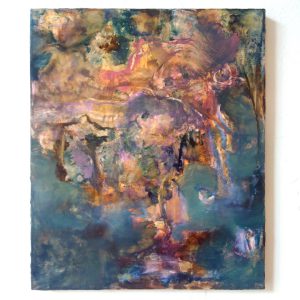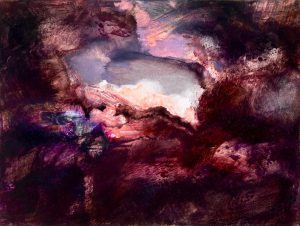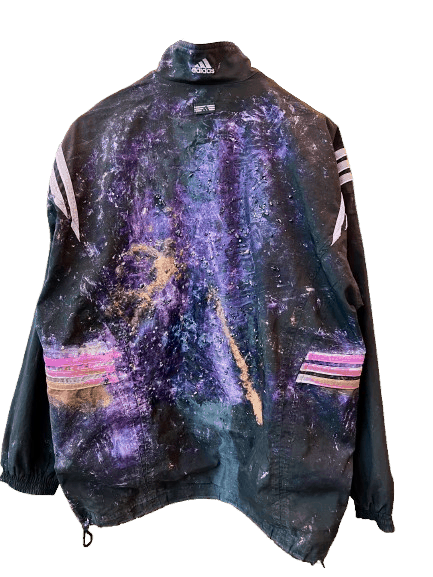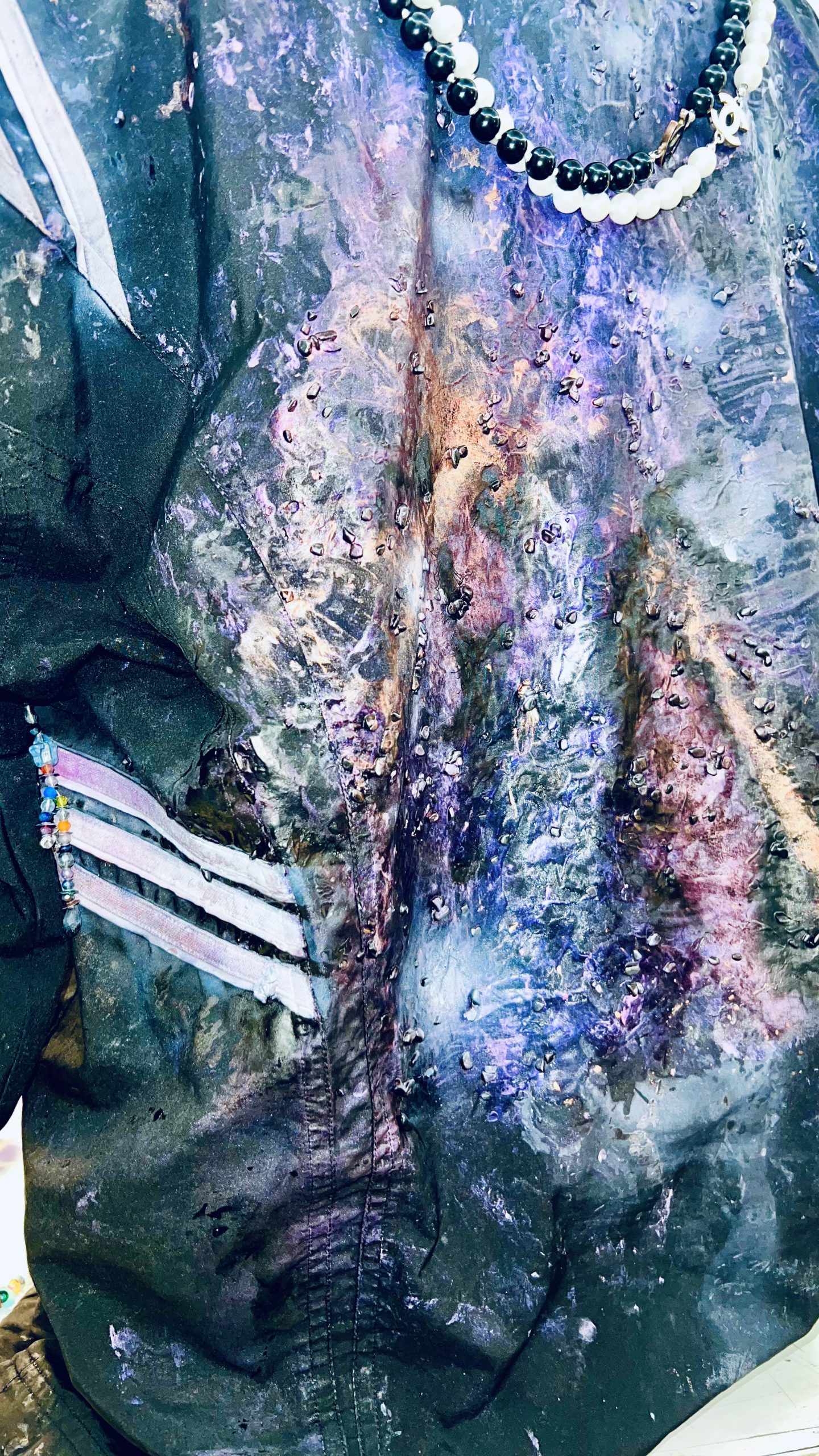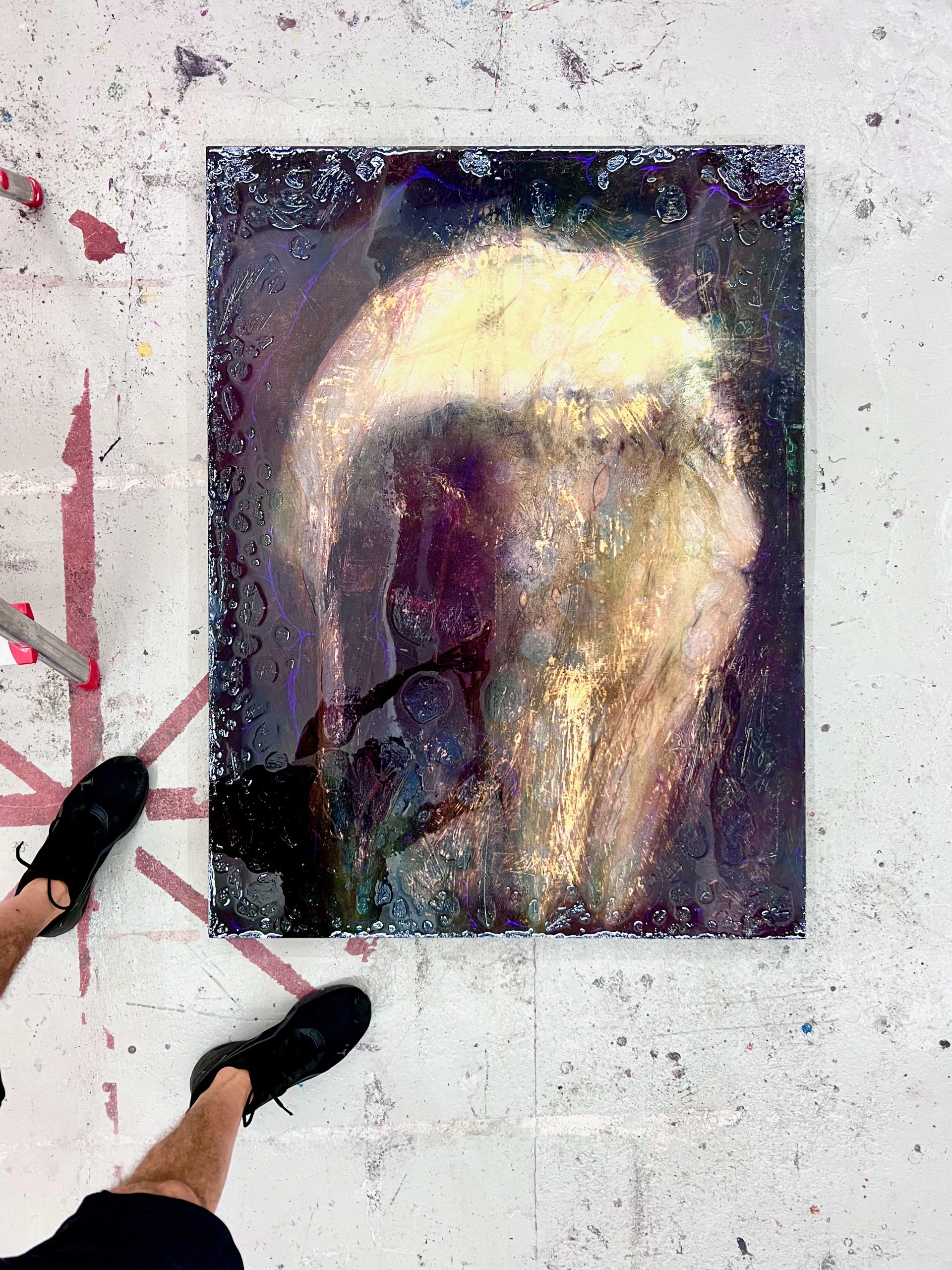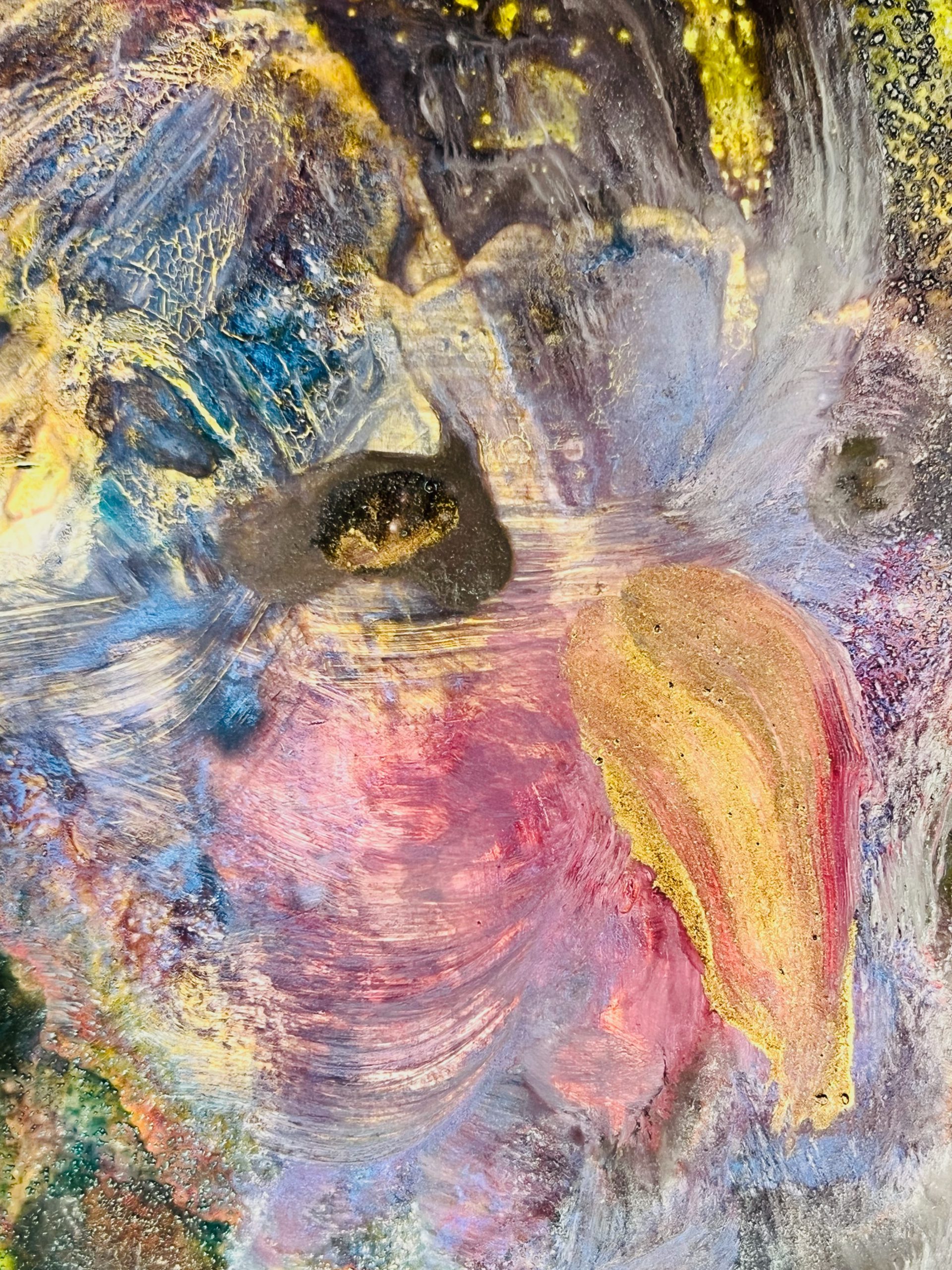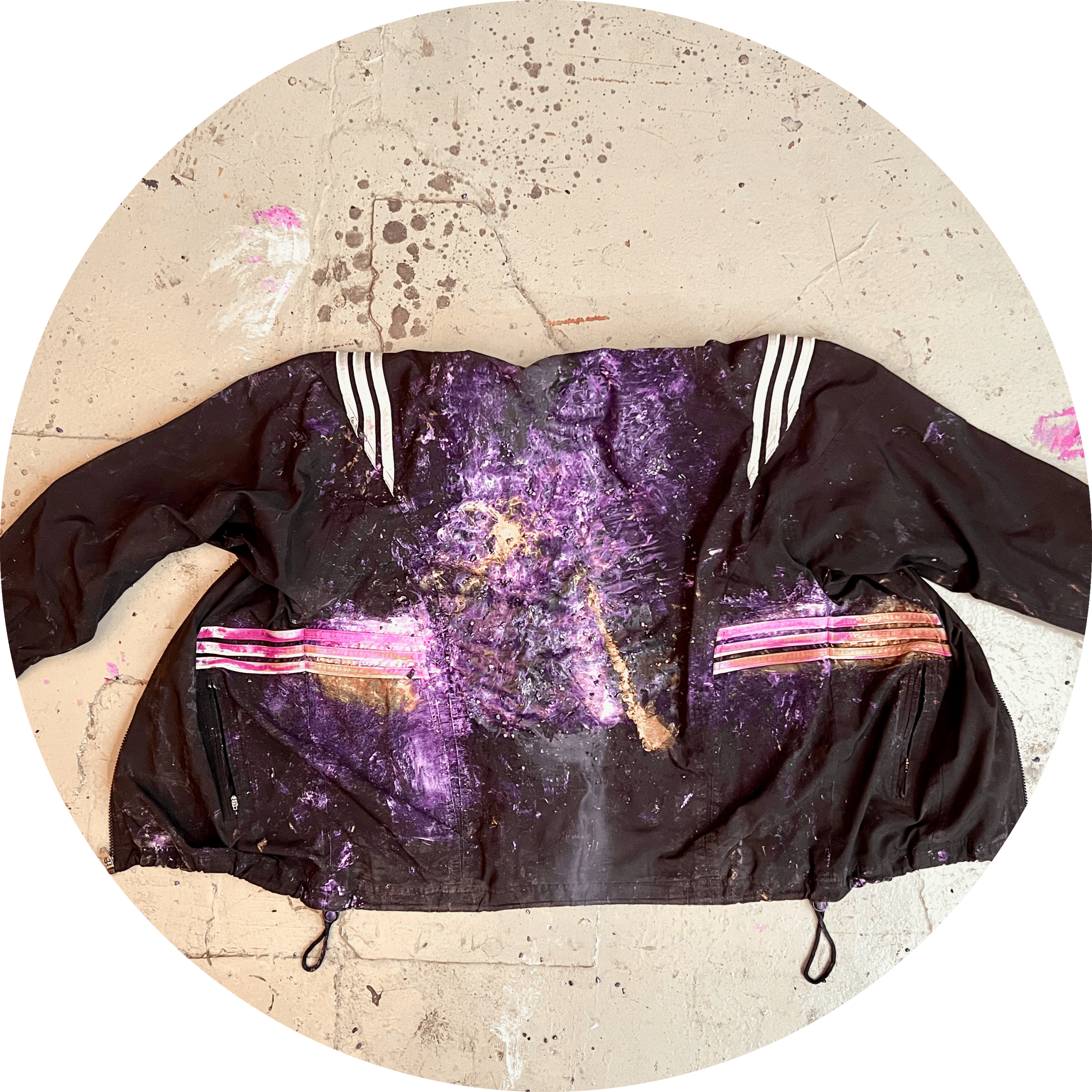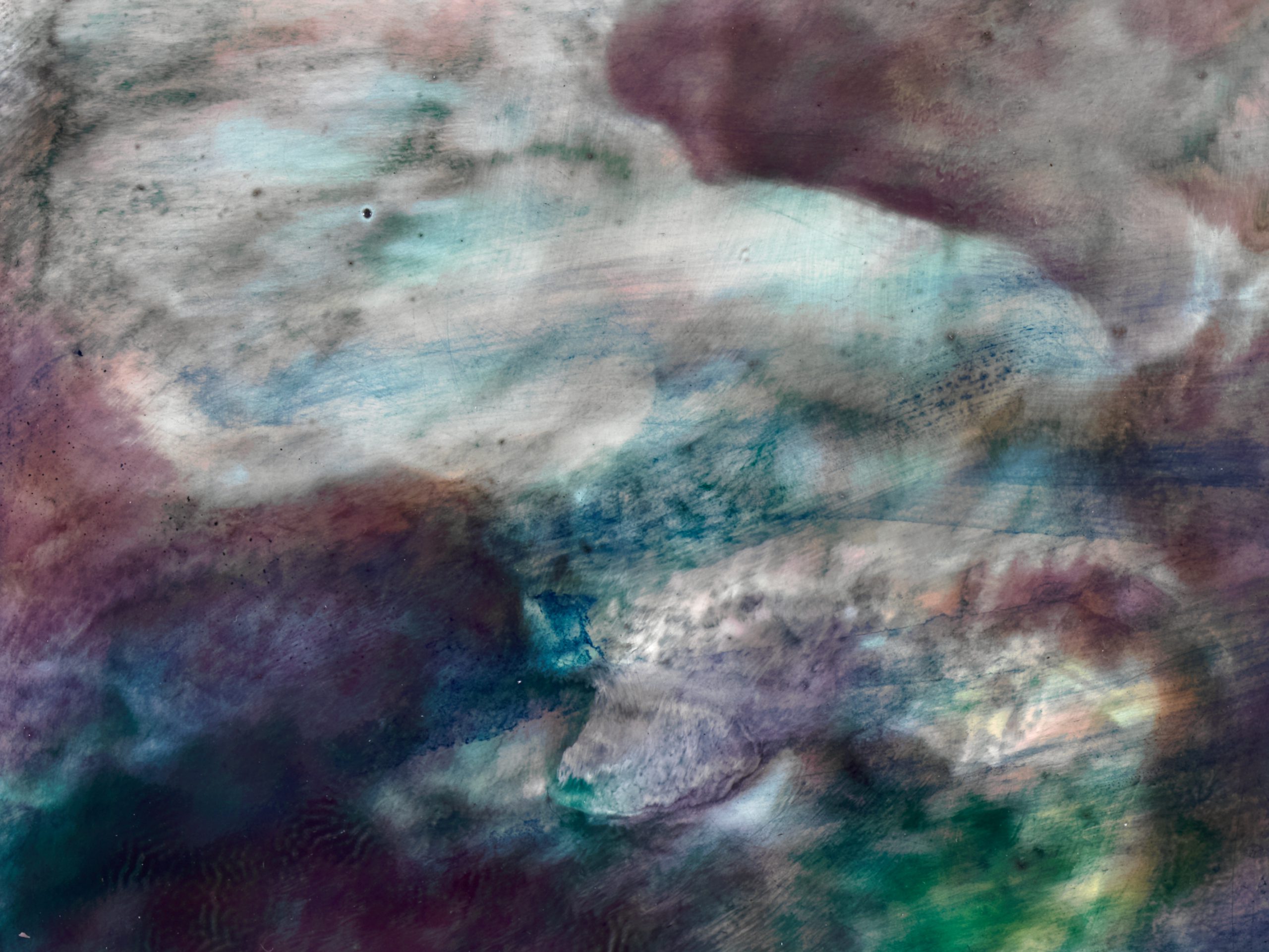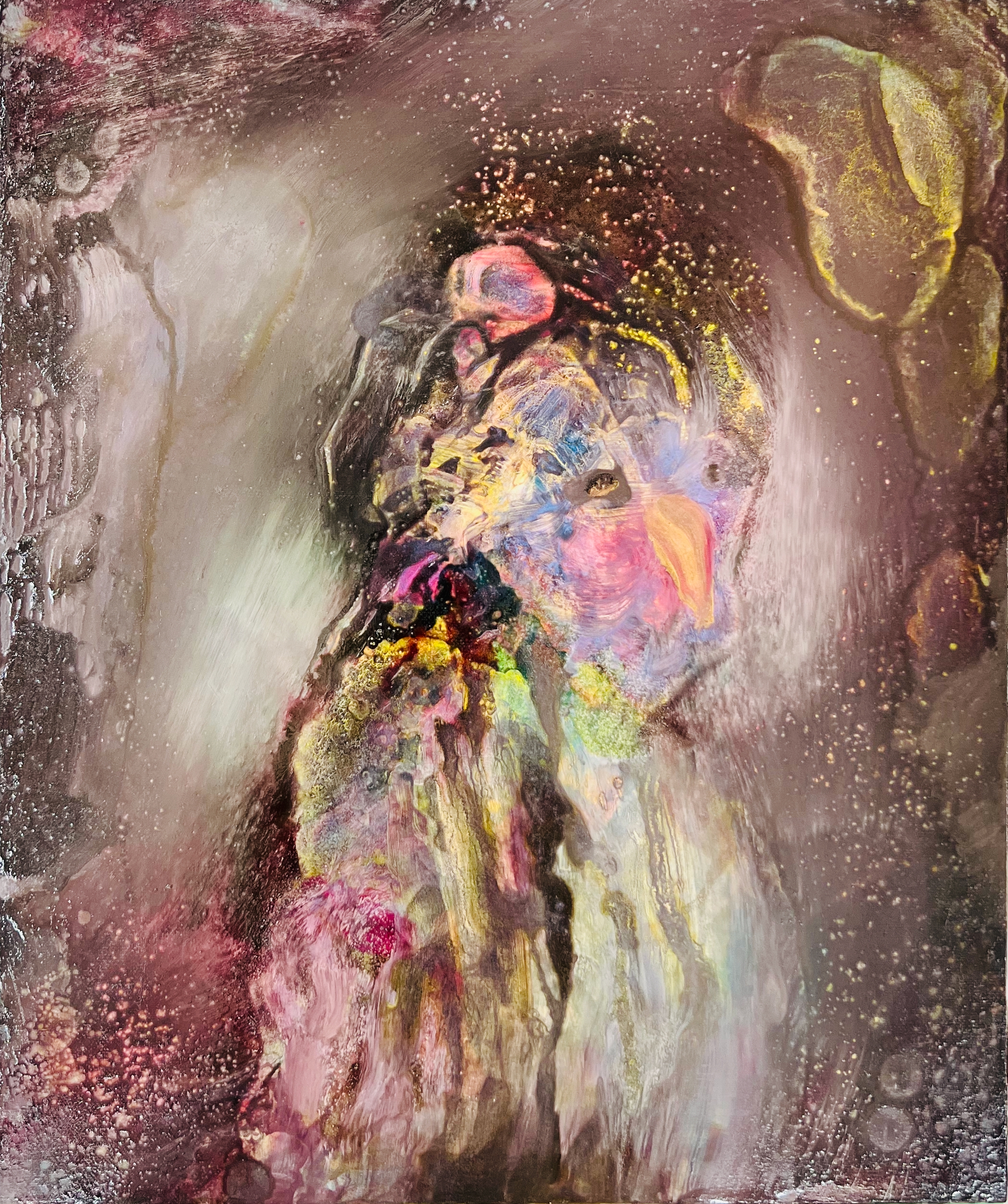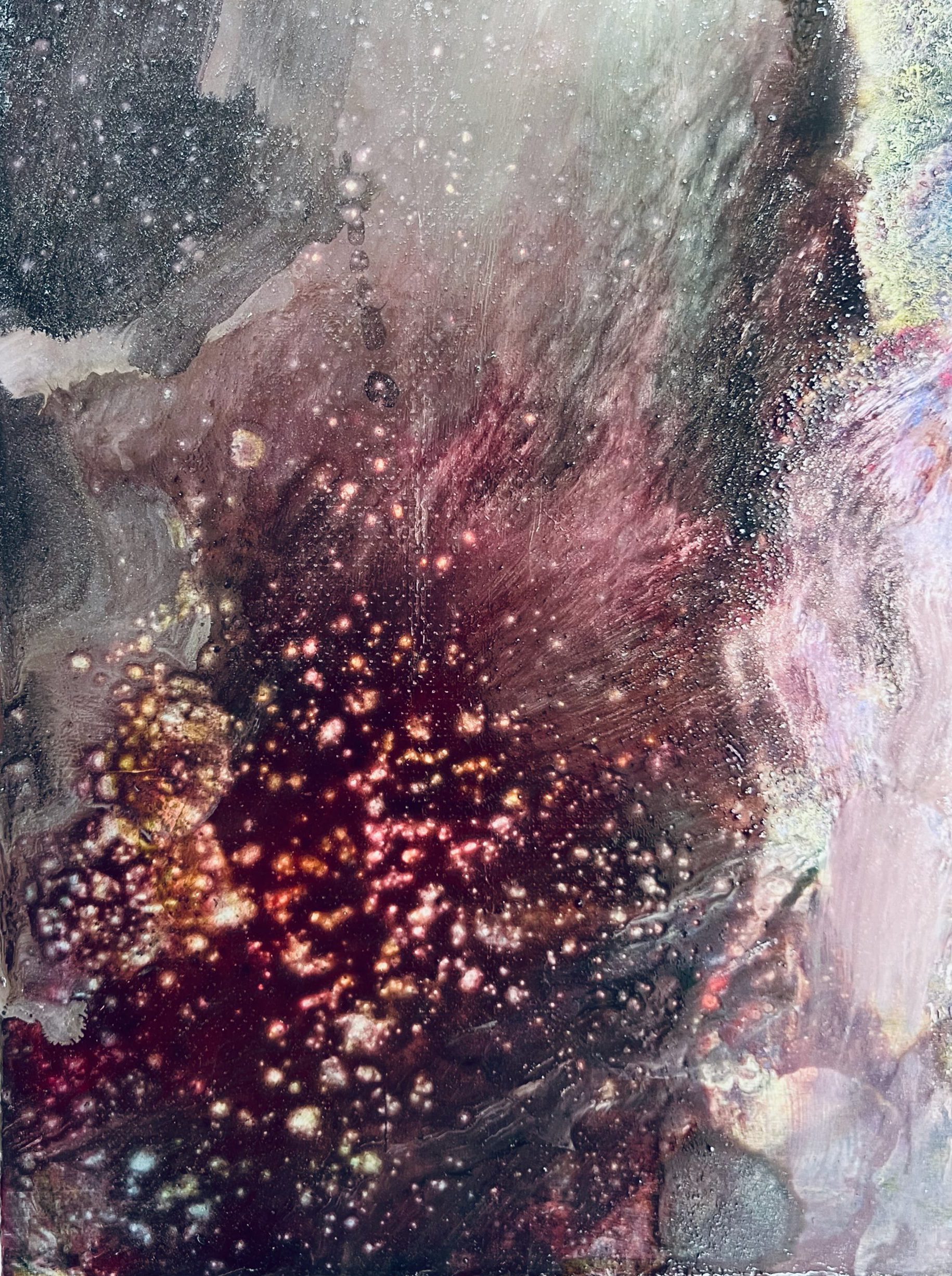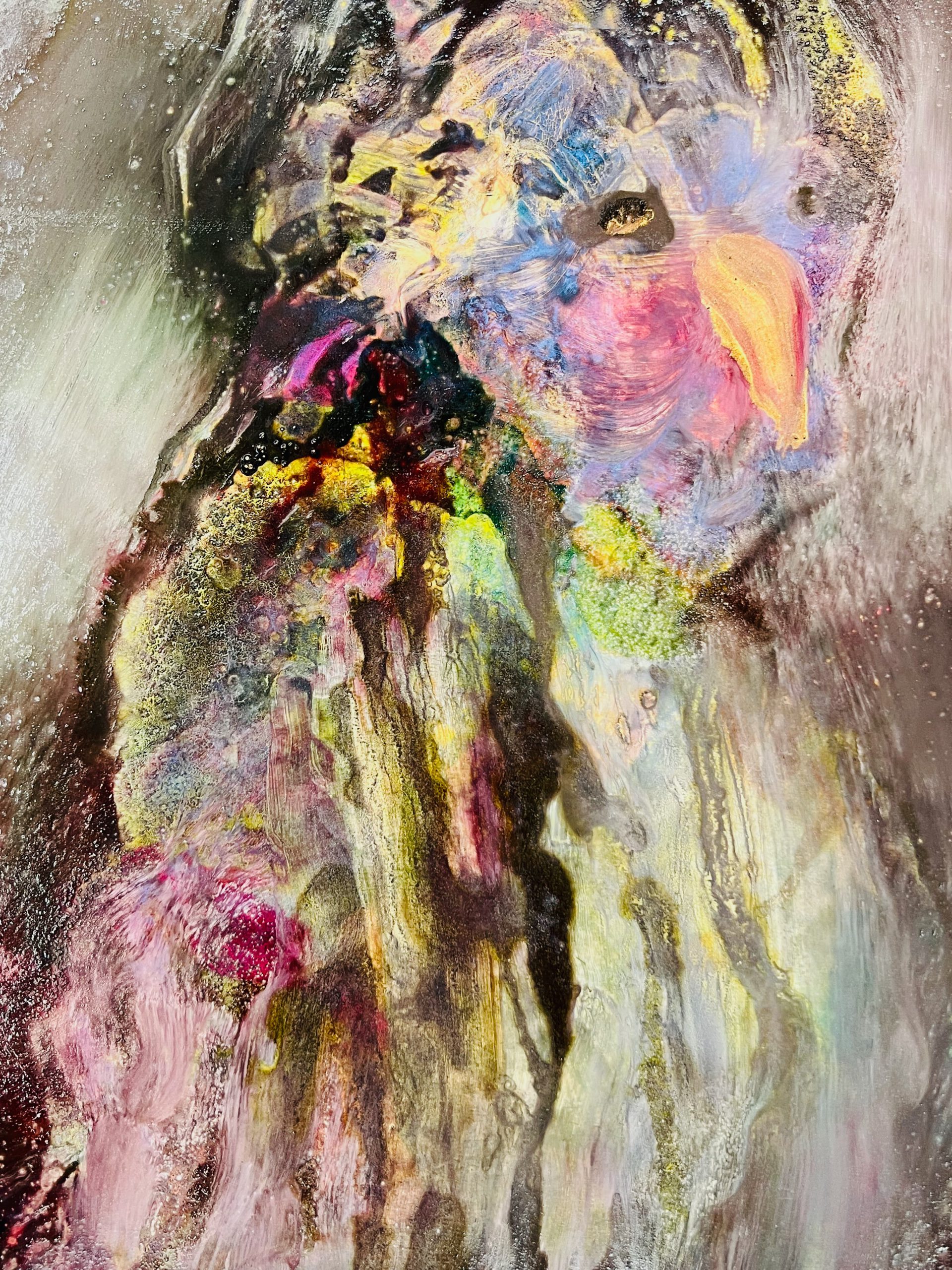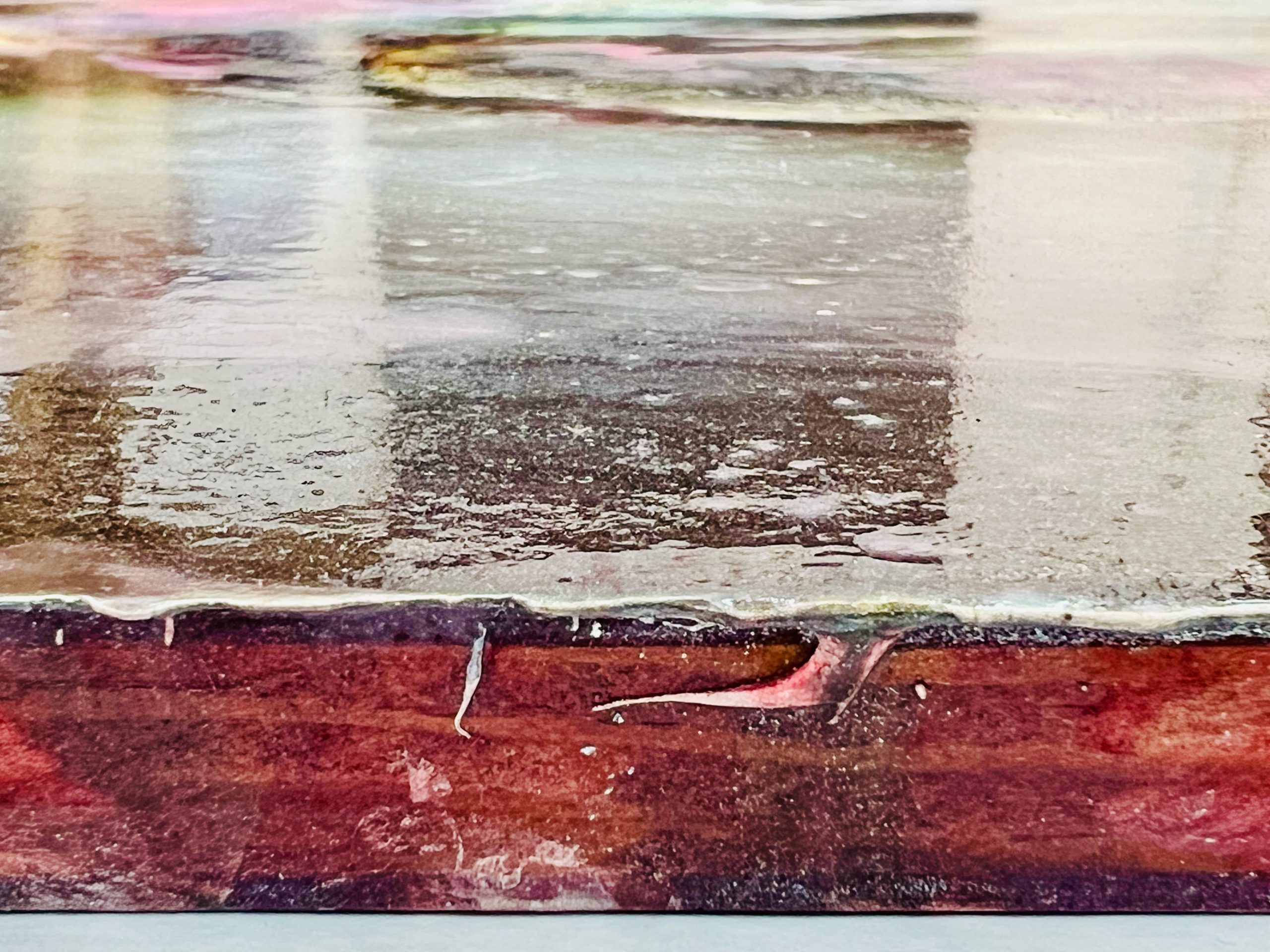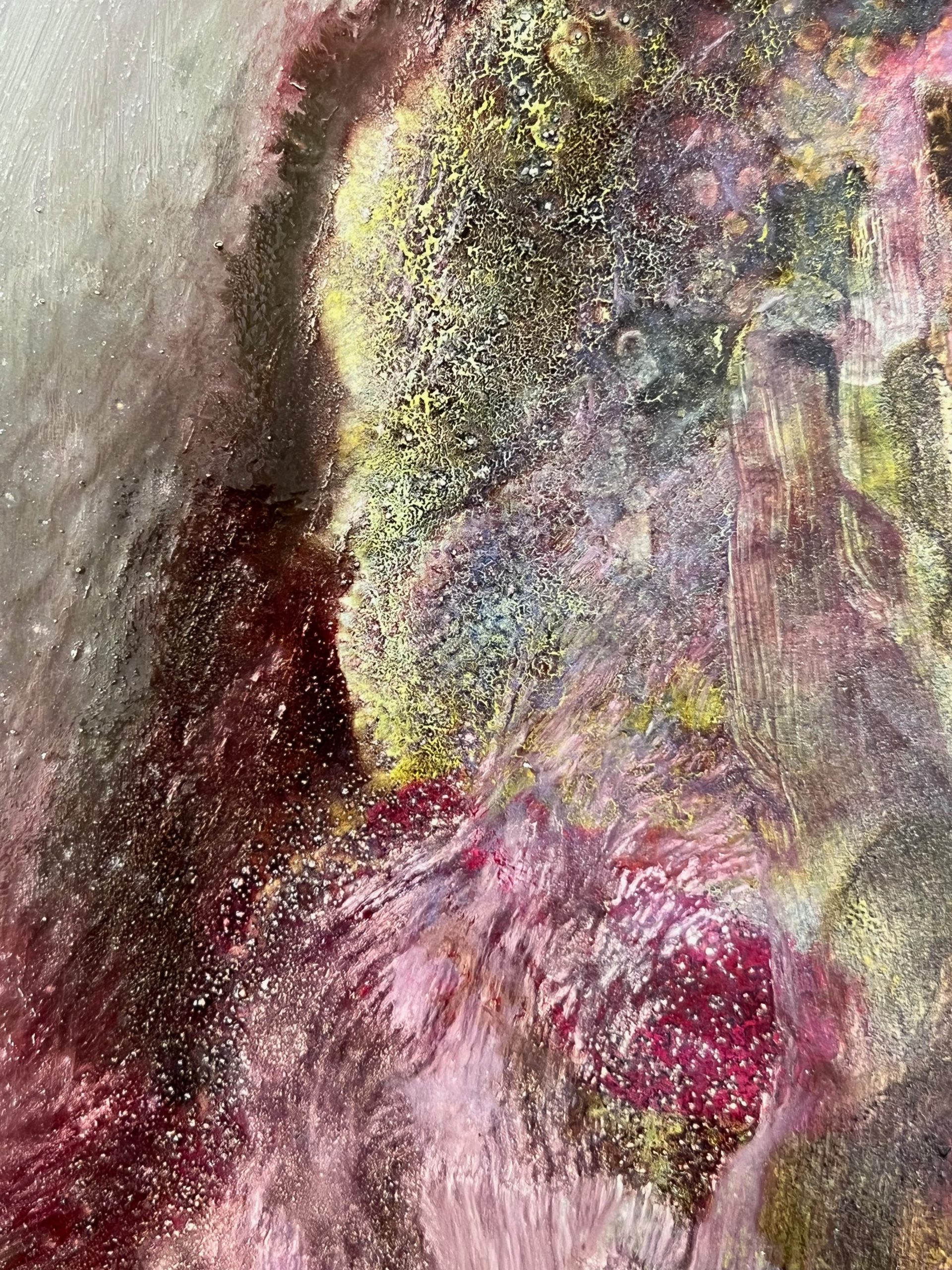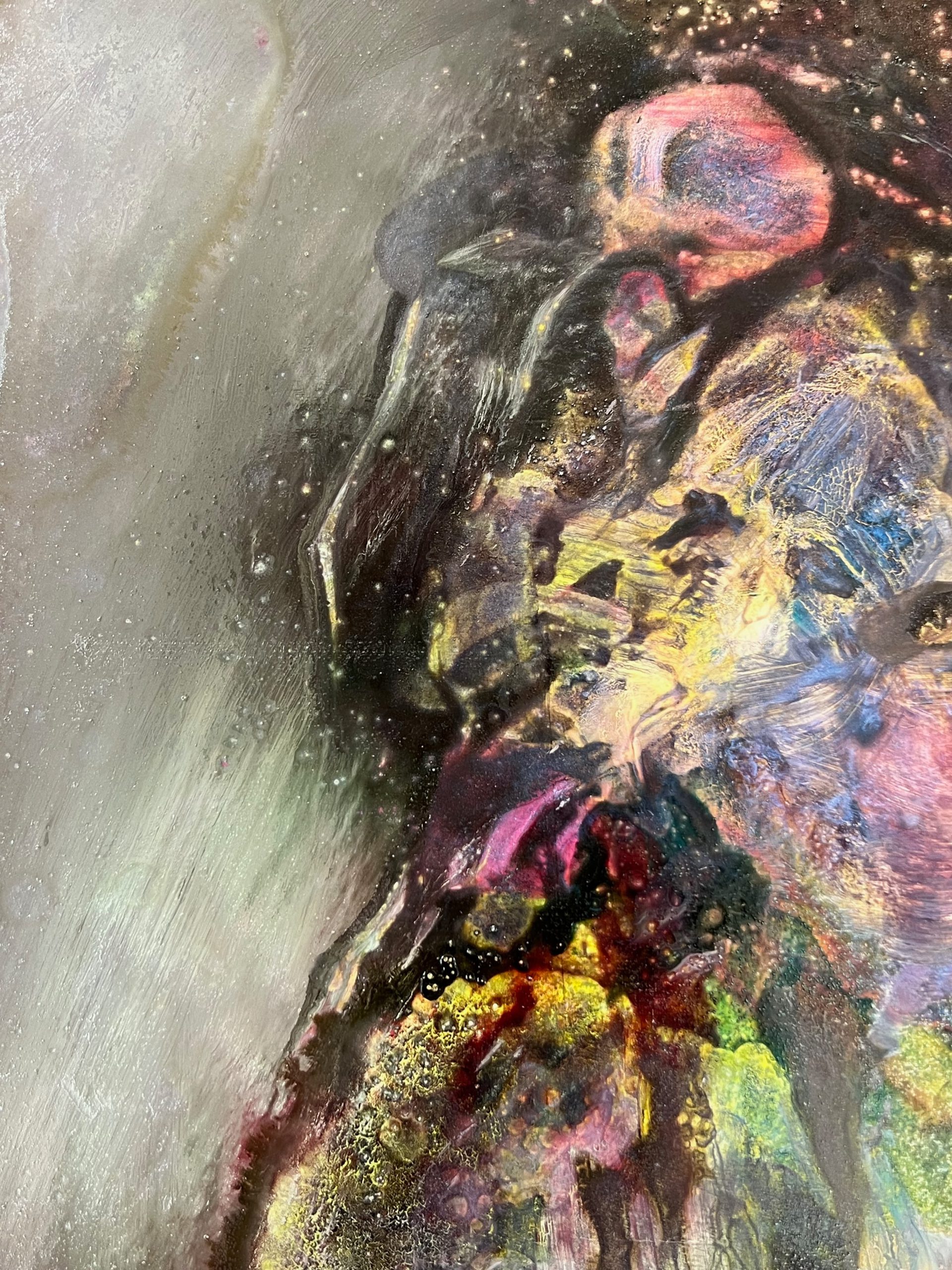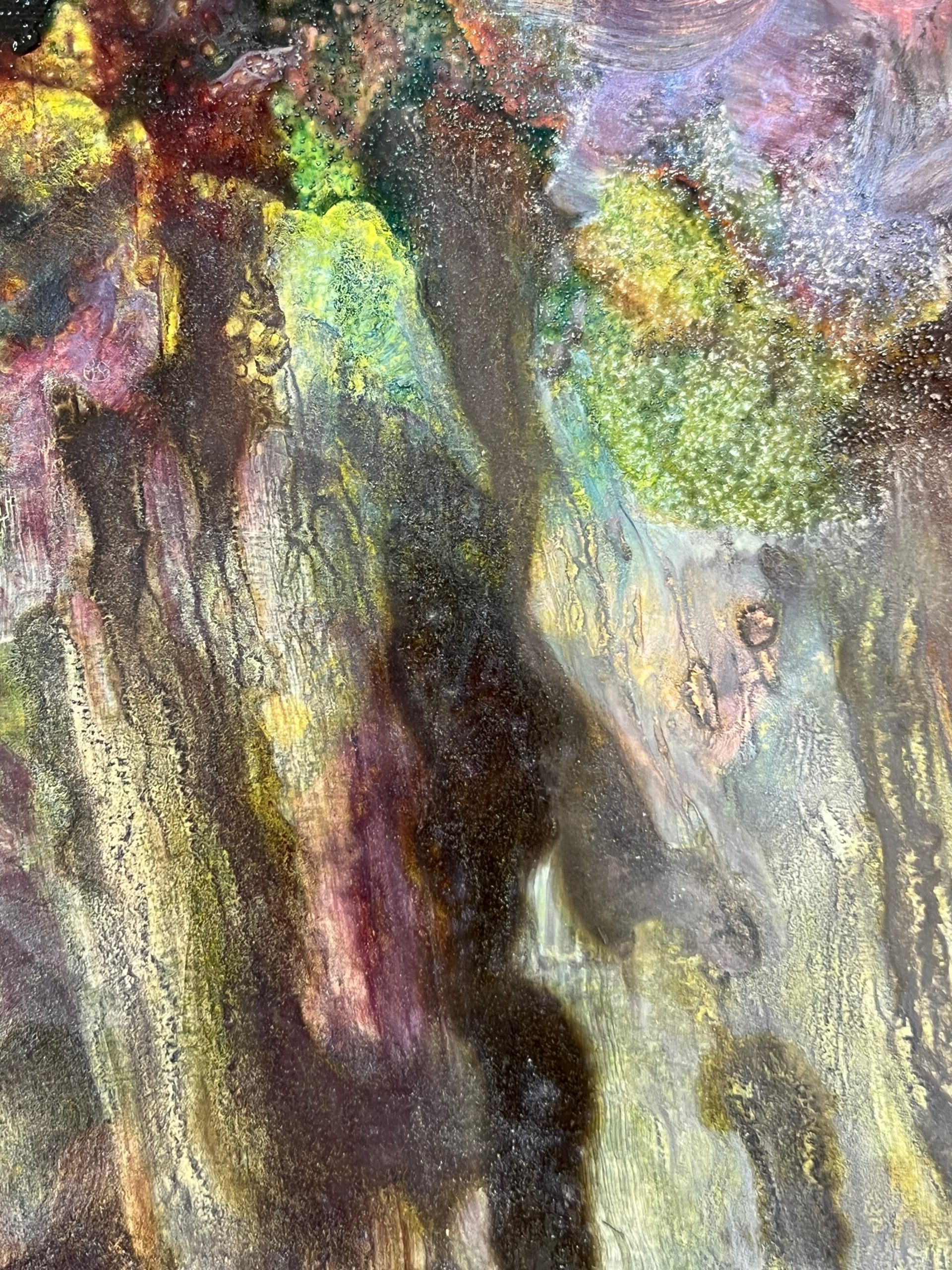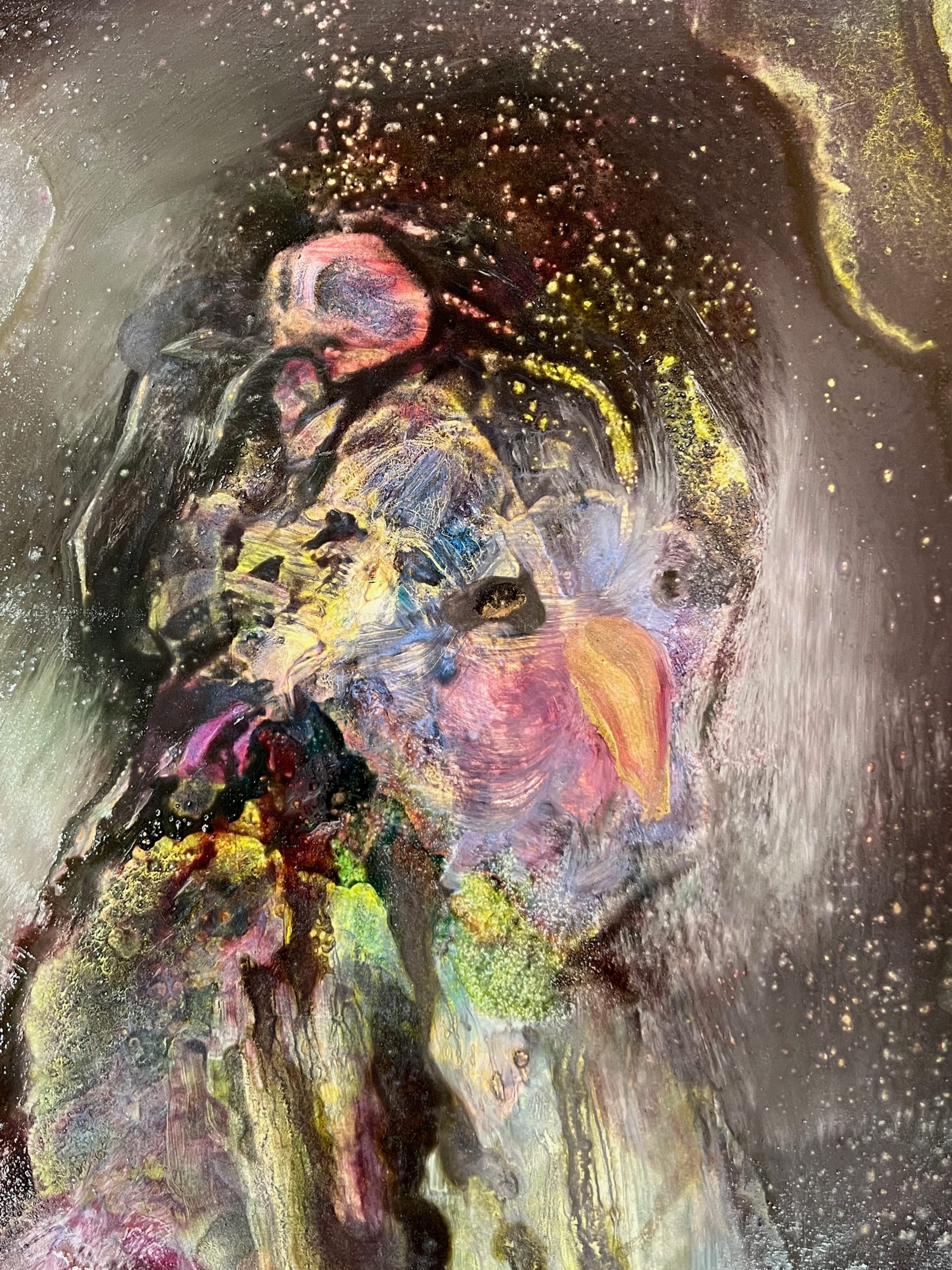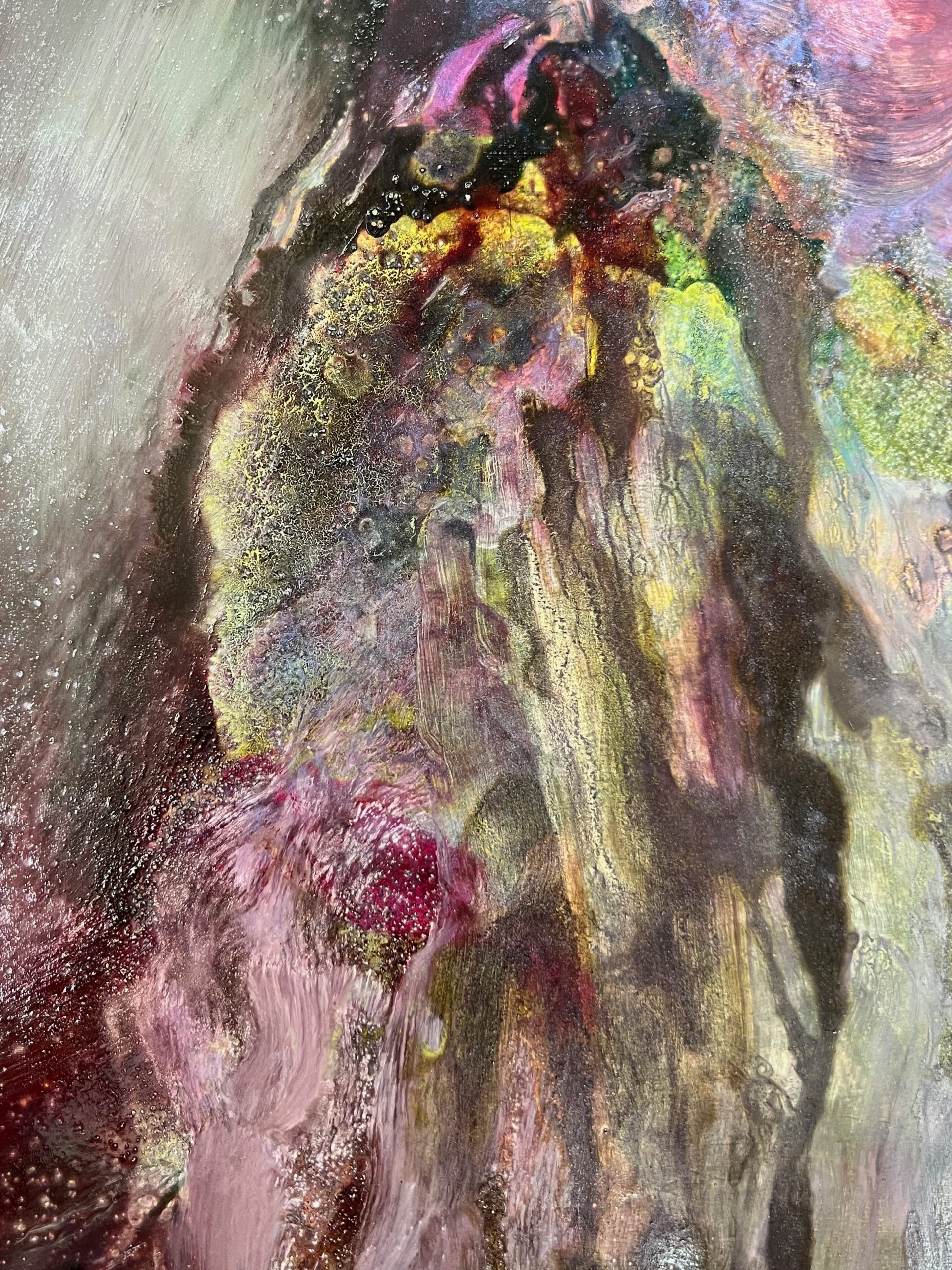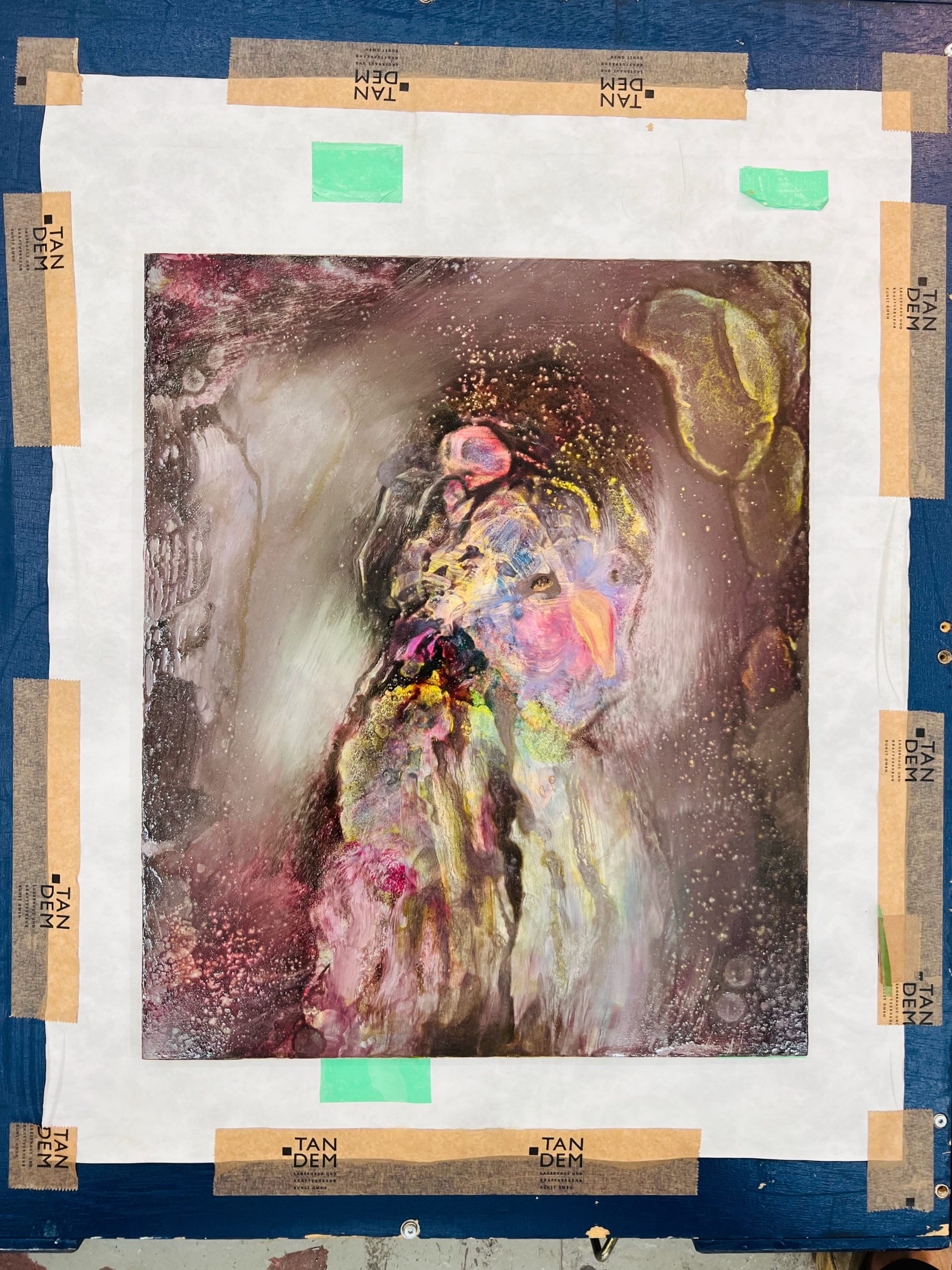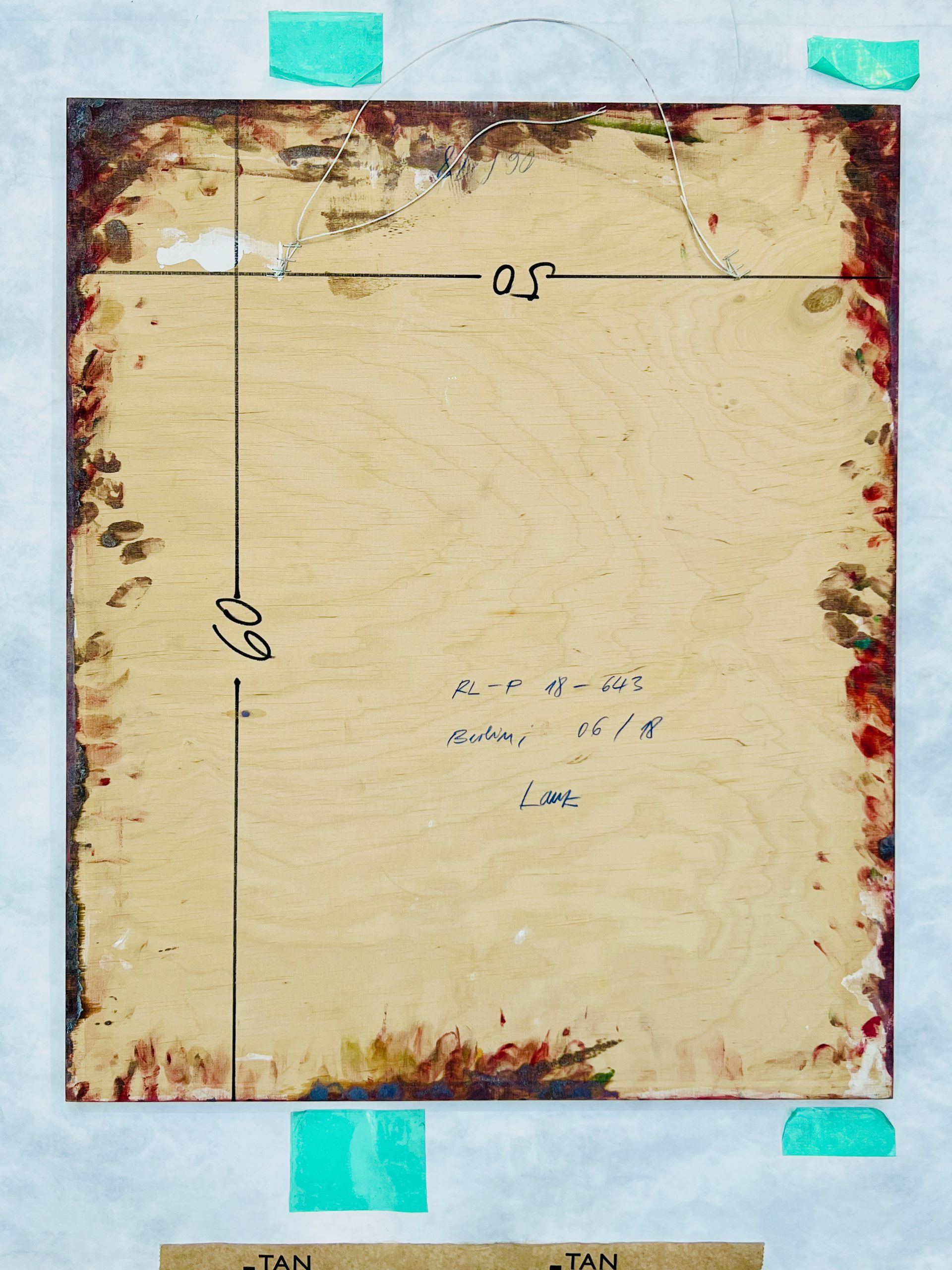Robert Lanz situates his artistic practice at the intersection of materiality, conceptual rigor, and procedural experimentation.
His work unfolds through overlapping layers of the microscopic and the cosmic, the chemical and the poetic. The surface becomes a resonant field – a space where pigments, metals, stones, and light are not mere materials but active agents in a dynamic process.
His paintings are not composed in the traditional sense, but emerge through an experimental logic of reaction, transformation, and decay – akin to geological or biological systems under controlled disruption. Lanz is less interested in the final image than in the painting as a site of continuous transition.
His series often span hundreds of works on paper, forming visual ecologies that are both meticulous and volatile. In contrast, his large-format paintings appear as concentrated zones – crystallizations of a process that elsewhere remains in flux.

